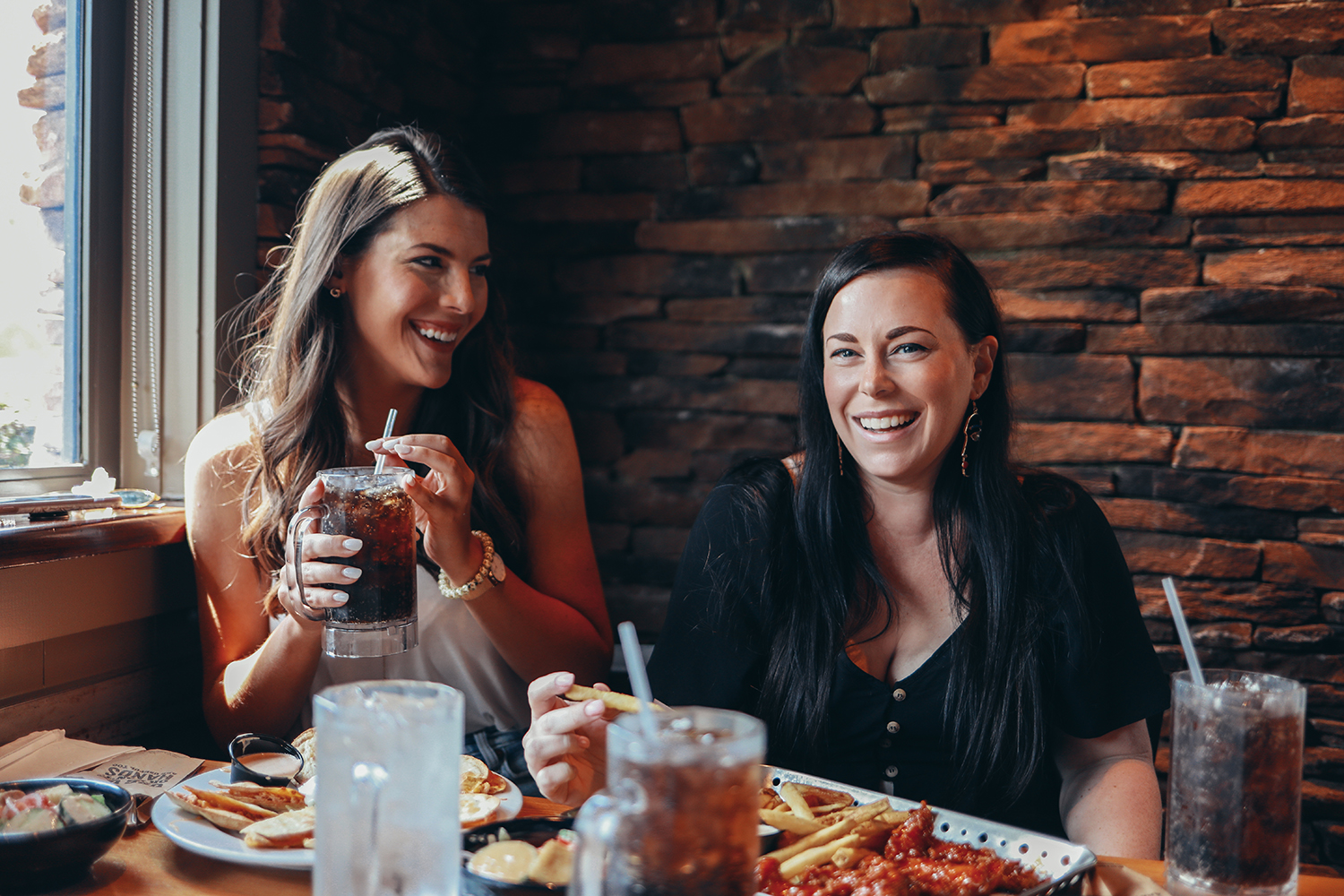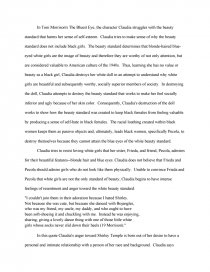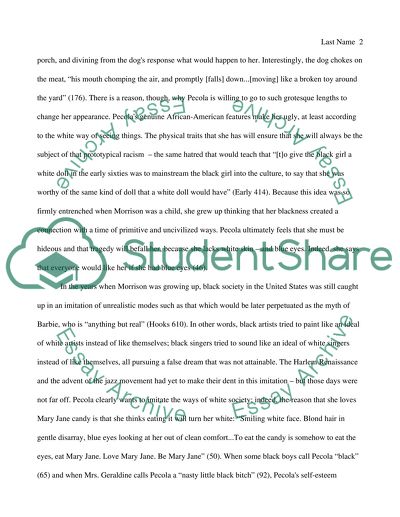
She seldom depicts white characters, for the brutality here is less a single act than the systematic denial of the reality of black lives. The destructive effect of the white society can take the form of outright physical violence, but oppression in Morrison’s world is more often psychic violence. “All of Morrison’s characters exist in a world defined by its blackness and by the surrounding white society that both violates and denies it. “It was as though some mysterious all-knowing master had given each one a cloak of ugliness to wear, and they had each accepted it without question.” (The Bluest Eye 37) “Morrison calls “Africanism” a ‘trope’ and a ‘virus’. The entire family held to the horrible belief, but it is not their look or poorness that was ugly but their assessment made them so. Pauline during her adolescent period tries hard to be like the whites and even named herself as ‘Polly’ which only whites keep. For instance, Sammy the eldest son deals with his perceived ugliness by hurting and giving pain to others. All the characters demonstrated their view of self in distinctive ways which can commonly be seen in modern society. But their ugliness was unique.” (The Bluest Eye 36). “Although their poverty was traditional and stultifying, it was not unique. The truth lies in their thinking, not in their appearance. In The Bluest Eye, the entire Breedlove family perceive themselves to be ugly. Sarangi and Pattnaik highlights that the blacks who try to falsify their identity and run away from self and ancestry, further aggravate the problems because majority of white Americans to date have not been able to accept blacks as part and parcel of the country. Much of Black identity and beauty standards have been heavily impacted was woven by slavery and the perceptions of it. This black identity which is inextricably tied to slavery and is often not addressed overtly. That is, a truth about black identity, in a predominantly white societal context. They highlight how the Bluest Eye is fascinating to both readers and critics, through the merging of fantasy and realism in fiction while simultaneously exposing the harsh and sensitive, and often overlooked truth that exists in the black American society. Sarangi and Pattnaik’s journal focus on a system where chauvinism, malevolent and sexism exists, in which a young black girl seeks to achieve beauty, which she views as a means for happiness and survival in a dominantly white society. Racial and Sexual Intolerance in The Bluest Eye. Racial and Sexual Intolerance in The Bluest Eye

Morrison, through this journal review by Josephina and Fatima examined what appears to be an uncured America of yesteryear which still lingers on event as we review this great novel. In this review, Pecola black, poor, laughed at and raped, yet attempting a mask of wanting blue eyes to cure a problem rutted in race domination by the upper-class only caused pain. Her rape as noted was like an added indictment putting a heavier burden of the will to change and the will to be different. Wanting what was so normal and beautiful in other families is hinted as being a world of struggle and unthinkable. Pecola had the fortitude and energy to even make her community different but as highlighted in this review, every attempt was met with ridicule and shame.

This review by Josephina and Fatima highlights Pecola as the catalyst for change, wanting to be different but suffering the raft of her family, friends and her community.

The Breedlove family as described was only a part of a larger community framework of racism. Her Rape, violation and the discrimination, all stem from a community forced into obedience of being subservient. Pecola’s demise according to this review is like that of entrapment in her community attempting to be different but suffers more than is expected. Their research is liked to key word, such as, black girl, community, insane, family, violence and rape. Josephina and Fatima examined the inaudible voice of the main character, Pecola, in Toni Morrison’s first novel “The Bluest Eye”.

International Journal of Research in Humanities, Arts and Literature (IMPACT: IJRHAL) Vol. Diana Josephine and R., Aseda Fatima, Inaudible Voice of Pecola in Toni Morrison’s Novel the Bluest Eye (February 7, 2018).


 0 kommentar(er)
0 kommentar(er)
